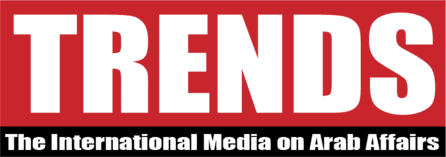Qassim, Saudi Arabia — What makes Qassim region in Saudi Arabia a leader in the cultivation of truffles, a prized wild fungus?
Several natural environmental factors contribute to this success, including fertile soil, untouched land, access to fresh water, a suitable climate, and the presence of the Helianthemum plant, particularly in the northern Qassim centers of Shari and Al-Sa’ira.
Local farmer Eng. Abdulkarim Saleh Al-Rasheed observed the Helianthemum plant thriving in lowlands adjacent to wheat fields irrigated by overflowing pivot sprinklers. He noted that truffle emergence coincided with the cessation of thunderstorms accompanied by lightning, a phenomenon traditionally linked to truffle growth.
Al-Rasheed told SPA that successful cultivation depends on irrigation timing, water salinity, soil fertility, and temperature, each playing a crucial role for different plants. For truffles, the optimal temperature is measured ten days after the wasm (a traditional weather marker).
In northern Qassim, this translates to nighttime temperatures between 15 and 20 degrees Celsius. Irrigation typically begins around September 25 in areas where the Helianthemum plant is present, with truffles beginning to appear approximately 50 days later.
He further noted that cultivated truffles in northern Qassim typically begin to appear around November 20.
“Truffles offer various benefits beyond their culinary value. Their water is traditionally believed to have medicinal properties for eye ailments, based on a saying attributed to the Prophet Mohammed (peace be upon him),” he said. They also serve as a natural food source for grazing animals.
The Qassim Truffle Festival, currently in its fourth year, is a testament to the region’s truffle production. The ten-day festival features 18 booths showcasing truffles, a dedicated auction area, 32 booths for local producers, and other exhibits featuring dates, honey, food products, and related activities.








